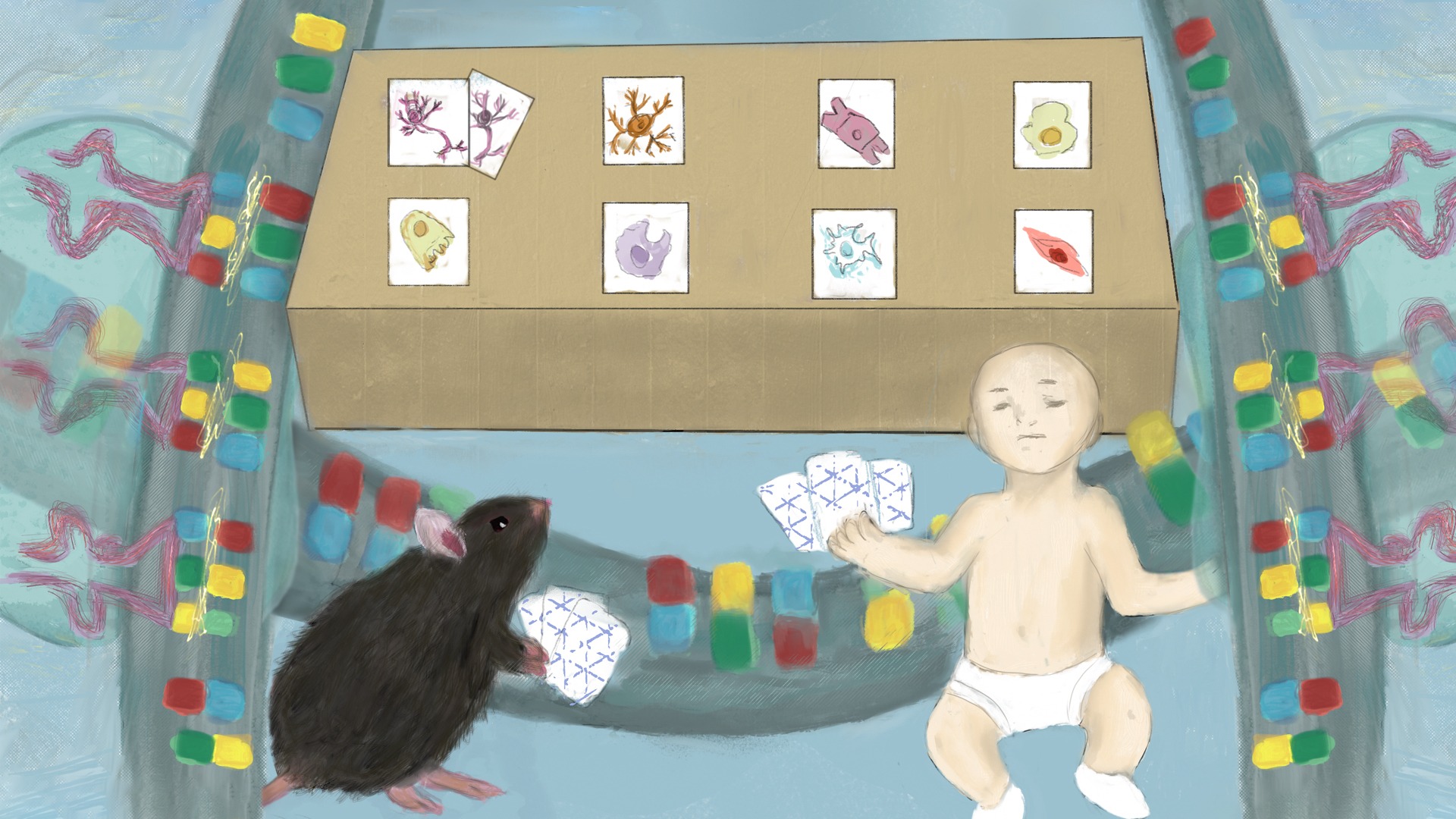New approach identifies stable tRNA–mRNA ratio and increased translation efficiency in neurons
SciLifeLab researchers have investigated the mRNA codon/tRNA anticodon ratios in mammalian cells. An overall even ratio indicates balanced translation whereas an excess in codons or anticodons can increase translation efficiency in certain cell types and might play an important role in diseases.During mRNA translation, a sufficient pool of tRNA anticodons is needed for efficient translation, but whether differences exist in such pools across individual cell types is still unknown.
In a recent study, led by SciLifeLab Fellow, Claudia Kutter (Karolinska Institutet), Wiliam Gao (SciLifeLab/KI) and Carlos Gallado Dodd (SciLifeLab/KI) assessed codon and anticodon usage across 36 mouse and 172 human cell types by using single cell RNAseq and single cell ATACseq data that measure transcript abundance and identify regions of transcriptionally-accessible genes, respectively.
The results from the study showed that the overall codon/anticodon pools were matching, ensuring a balance in codon demand and anticodon supply across almost all cell types. However, the researchers found a few cell types were this was not the case.
Neurons turned out to have an increased amount of tRNA-Ala-AGC in their tRNA pool and by using ribosome profiling, the researchers could confirm that this resulted in a faster decoding of the Ala-GCC codon. This also suggest that a reduction of tRNA-Ala-AGC anticodons may have implications in neurological pathologies.
The novel approach, described in the scientific journal Genome Research, sheds light on the codon/anticodon balance at the cell type level using single cell information in mammalian cells. The study provides the first mammalian cell type map of translation efficiency and identifies conserved patterns across mammalian cellular diversity and evolution.





